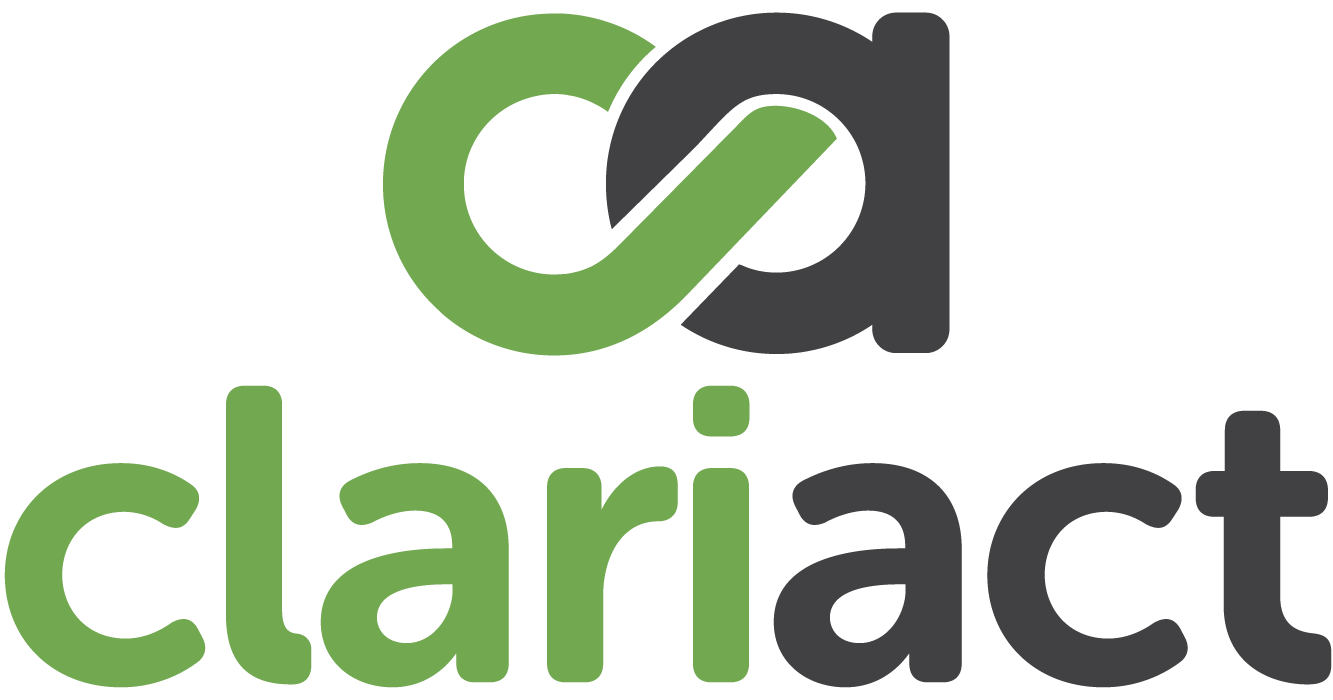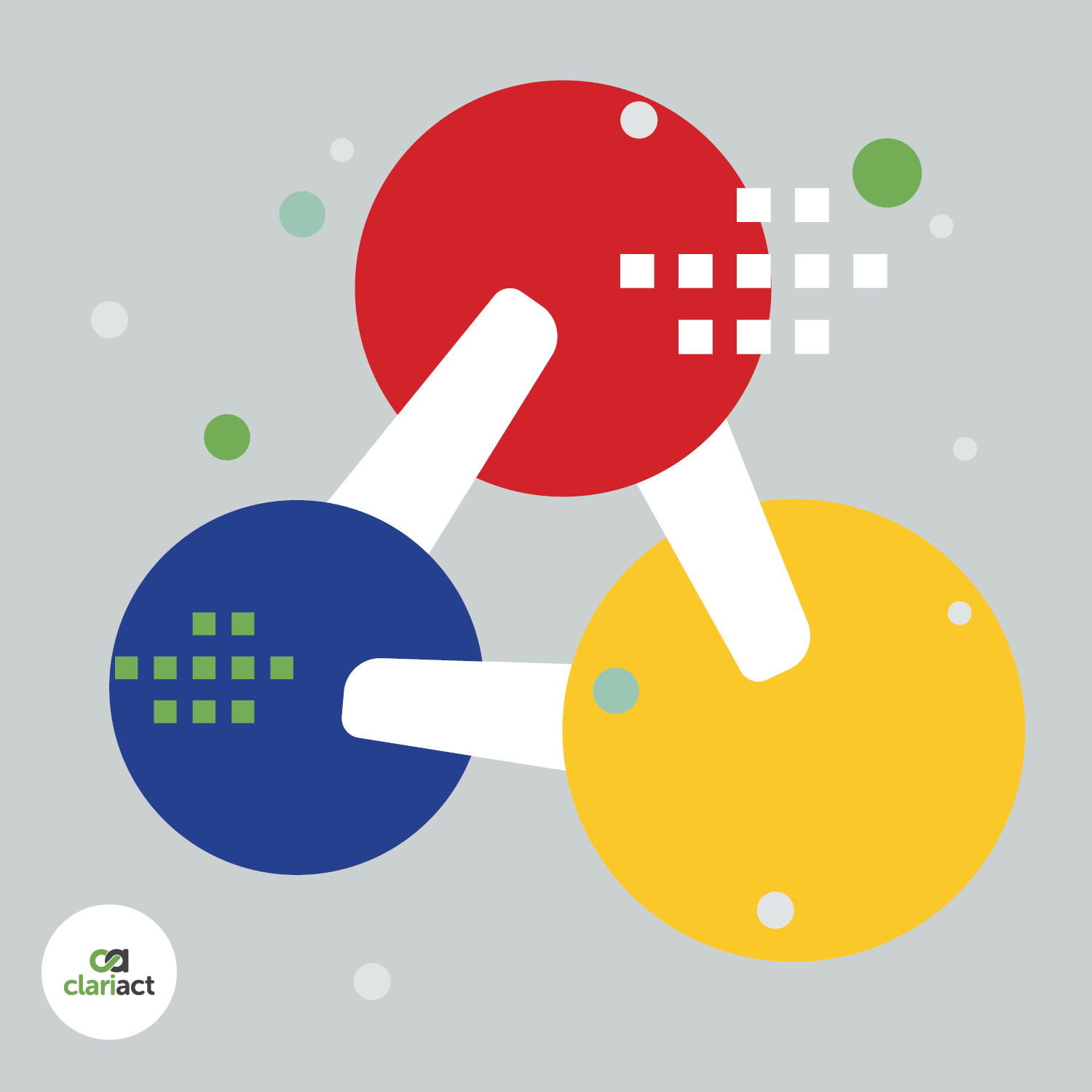The Organic ScoreCard focuses on the three types of brain energy:
Red: life giving awareness
Blue: stabilising awareness
Yellow: trusting awareness
The Organic ScoreCard splits the brain into three main parts; the brain stem (or reptile brain), the limbic system (or mammal brain) and the neocortex (or human brain). Each part has a colour that represents it: red for the reptile, blue for the mammal and yellow for the human. Most people have some red, blue and yellow brain energy active at all times.
The Organic ScoreCard (OSC) works with two main frameworks, namely twelve domains and three brain energies. Listen to Marc Grond (the creator of the OSC) explaining what the OSC is here. You can read more about the twelve domains here. Marc Grond also explains the three brain energies/awarenesses here.
Red: life giving awareness
Red awareness is the life giving awareness within you. This awareness is the humanised “reptile” energy. Keywords include energy / passion / drive / change / exploration / conquering / creativity / connecting.
In its positive sense, it is associated with the energy within you that is motivated, energetic, excitable and passionate. When your mother was expecting you and they heard your heartbeat for the first time, your red energy was already alive within you. Making your heart beat, making you alive. Negative red energy has a similar response to the classic fight or flight reactions. When you are experiencing negative red energy, you are most probably having the experience that your life is in danger (for whatever reason). Negative red energy can therefore also manifest as anxiety. But, similar to anxiety, it can be a positive, life creating and life seeking force.
- The brainstem offers survival opportunities in situations when our lives are in danger.
- It is popularly known as the fight or flight mode of our body.
- It also refers to freeze, hide and submit.
- All emotions in their absolute origin stem from our fear of death.
- This makes our brain stem the key system in regulating our daily caring and daring.
- In our lives we seldom meet the real danger of dying, but our brainstem directs us anyway.
- It guides us in wanting to win and hating to lose, in changing, in passion, in creating and in fearing, in being restless or unable to act.
- We call this the ‘humanised’ outcomes of the brainstem.
Here are some words that describe a person with red awareness:
- Driven
- Searching
- Questioning
- Entertaining
- Creative
- Convincing
- Seeking
- Re-arranging
- Exploring
- In charge
- Rebellious
- Shape-shifting
Blue: stabilising awareness
This brain energy or awareness is the stable energy within you. Blue energy is about loyalty. This awareness is about honouring tradition. It is the mammal energy and is therefore often herd orientated. It is about creating a safe space for everyone. This awareness is the humanised “limbic” awareness, associated with the following keywords: caring / teamwork / family / stability / planning / reliability / trust building.
Positively, a person with blue energy is a stable person, you know what to expect of them and they know what your expectations are of them, as well as what they can expect of themselves. Negative blue energy can be rigid, unchanging and energy-consuming for the person who needs to maintain it. Imagine yourself standing still (stable) in a stream. (Someone with red energy might choose to swim against the stream or even cross the river). Imagine how much physical energy you will have to use in order to stay in your stable position. Even though it might take a lot of energy from the person that maintains the blue energy, their reliability can provide a solid foundation for others and for themselves.
It gives us the ability to stabilise.
- The limbic brain evaluates who can help us to survive and who is threatening us.
- It assures us in our lives by finding the most helpful company on our life journey.
- It shapes our emotions into feelings that are acceptable in our human encounters.
- It makes us predictable and understandable.
- It helps us to understand others, make friends and be loyal and reasonable.
- But it also has the capacity to make us hold tight, not let go and be rigid by means of a ‘logical’ reaction to its origin (self-defence), which can cause trouble in life.
Here are some words that describe a person with blue energy:
- Caring
- Responsible
- At peace
- Organising
- Researching
- Exacting
- Organised
- Building
- Planning
- Mediating
- Law-abiding
- Example-setting
Yellow: trusting awareness
Yellow brain energy or yellow awareness is the calm, trusting energy within you. Someone with yellow energy will go with the flow. They might float in the stream and accept wherever the stream takes them, they trust that it will be good and that they will be safe.
This awareness is the humanised “neocortex” awareness, associated with: unconditional love / faith / hope / dreaming / imagination.
Yellow awareness has a peacefulness that comes from knowing that everything will work out as it should. Negative yellow energy might be a sort of unrealistic disconnect, but a person with positive yellow energy can stand outside of themselves and look at themselves from a distance. This helps them understand themselves and have peace with themselves and others.
- The neocortex creates the opportunity to surpass your basic survival intuition and let go of inappropriate life strategies.
- Insights into hope and belief, unconditional love, abstract thinking, and time and space are derived from here.
- It is our non-emotional system, not occupied with surviving.
- It gives words and reasons to the survival-oriented behaviour that is dominant in most of human life.
Here are some words that describe a person with yellow energy:
- Embracing
- Reassured
- Comfortable
- Welcoming
- Open to receive
- Surrendering
- Happy
- Flexible
- Present
- Self-sufficient
- Natural leader
- Inviting

